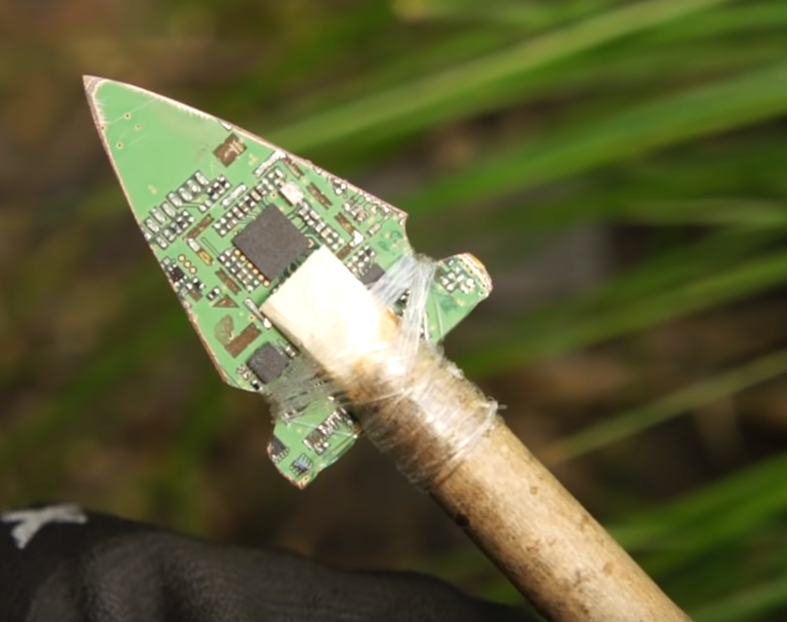- cross-posted to:
- homelab@lemmy.ml
- cross-posted to:
- homelab@lemmy.ml
Some alternatives:
-
Incus - After canonicals takeover of LXD a fork of it called Incus was created. Supporting both virtual machines and linux containers. Free open-source with paid support.
https://github.com/lxc/incus -
virt-manager - For home usage without clusters and the like a simple Linux host with kvm/qemu/libvirt/virt-manager usually works just fine.
https://github.com/virt-manager/virt-manager -
Cockpit Project - Cockpit can be used to manage both virtual machines and podman. Personally I use it in tandem with virt-manager.
https://github.com/cockpit-project/cockpit https://github.com/cockpit-project/cockpit-machines https://github.com/cockpit-project/cockpit-podman https://github.com/oVirt/cockpit-ovirt -
Proxmox - KVM/LXC Hypervisor based on Debian. Supports clustering and High-Availability. Free open-source with paid support. https://github.com/proxmox
Of these, I can recommend Proxmox. Its a decent learning curve coming from VMware, but once you learn the interface you’ll be able to configure things much like you would in Vsphere/ESXi.
I recently started using the Proxmox Backup Server as well, and its pretty amazing. I got myself a super cheap VPS with 400gb storage, setup wireguard and installed the backup server. You just point Proxmox directly to it and it’ll do encrypted backups, scheduling, and easily keep any number of versions of your backups.
Nutanix has its community edition which is free.
I find mentions on their homepage that they love open source but I can’t find any repository for the hypervisor itself.
Nutanix AHV is based upon CentOS KVM.
https://www.nutanixbible.com/5a-book-of-ahv-architecture.htmlI’m not sure if it’s open source, but it’s free.
XCP-NG, which I think was split off from an old Citrix branch or may be a clone, but it has a pretty solid set of features. Costs nothing unless you buy support or use their paid management appliance, but there’s an open version of that available as well.
There’s also harvester. The spec requirements are pretty heavy compared to some of the other options though.
Harvester is a modern, open, interoperable, hyperconverged infrastructure (HCI) solution built on Kubernetes.
It is an open-source alternative designed for operators seeking a cloud-native HCI solution.
https://github.com/harvester/harvester
Bhyve on FreeBSD
What’s the background of the lxd-incus fork? On the project page they just state that it was forked after Canonical took over lxd - but what does that mean, exactly? How did they take over an open project? Was there a technical reason for a fork?
I’d say from a business perspective this is the major thing:
Real license of LXDPer the commit message performing the re-licensing, all further contributions will be under the AGPLv3 license and all contributions from Canonical employees have been re-licensed to AGPLv3.
However, Canonical does not own the copyright on any contribution from non-employees, such as the many changes they have imported from Incus over the past few months. Those therefore remain under the Apache 2.0 license that they were contributed under.
As a result, LXD is now under a weird mix of Apache 2.0 and AGPLv3 with no clear metadata indicating what file or what part of each file is under one license or the other.
This is likely to make it very “fun” for anyone performing licensing reviews to evaluate LXD for adoption in their environment.
Grabbed from this blog https://stgraber.org/2023/12/12/lxd-now-re-licensed-and-under-a-cla/
-
Fucking broadcom.
Right up there with the likes of oracle and nvidia.
Along with the termination of perpetual licensing
Just so? Termination of a perpetual licence?
I have altered the deal…
Pray I do not alter it further…
I explained this in another thread. They’re ending sale of perpetual license. They’re not breaking ones they’ve already sold. That being said, eventually the version that perpetual licenses were sold for will stop getting updates and they’ll become a security risk. That was always the lifecycle for perpetual licenses, though.
Yes. A perpetual license just means no fixed end date, not that it’s irrevocable or interminable.
You can probably get away with continuing to use ESXi free licenses even commercially, you just won’t have support. And at home, nothing is going to stop existing versions from working.
Incidentally, assuming I found the right license agreement: https://www.vmware.com/content/dam/digitalmarketing/vmware/en/pdf/downloads/eula/universal_eula.pdf
It doesn’t actually say it’s perpetual. It only says “The term of this EULA begins on Delivery of the Software and continues until this EULA is terminated in accordance with this Section 9”, but that section only covers termination for cause or insolvency, there is no provision for termination at VMware’s discretion. So, while I’m not a lawyer, it definitely sounds like you can continue using ESXi free.
Actually, reading further, I think the applicable license is this one: https://www.vmware.com/vmware-general-terms.html
But that one has even less language about license term and termination. Although it does define “perpetual license” as “a license to the Software with a perpetual term”, again not irrevocable or interminable.
VMware’s support was excruciating anyway. As a VCP, I learned to just figure it out on my own or work around it, they never fixed a single problem or bug I encountered.
Perpetual, not irrevocable.
perpetual pər-pĕch′oo͞-əl adjective
- Lasting forever; never-ending.
You can print out the license and frame it if you want.
Yeah I’d love to know how you can revoke a perpetual license without changing versions or anything around it.
You don’t have a contract signed with them, don’t you?
ELI5: Your neighbor has a pool. He allows you to swim there, “any day you want”. Then he is off his meds and he stops letting you in. Can you sue him because you had some rights to swim in his pool before?
As it was expected…
Do any of these support bridged wifi connections?
In KVM based solutions wireless bridges are not as easily accomplished as in VMWare.
https://hacktivate.it/posts/kvm-bridge-wireless/Thanks, I was looking for a solution like this a couple of months ago but couldn’t find it so I ended up going with VMware Workstation Pro. My first choice however was KVM.
If I had a nickel for everytime I saw a old copy of VMware running in prod, I’d have like $20 😅🤣
This is the best summary I could come up with:
The free cut of ESXi was only able to run on limited number of cores, addressed a modest quantity of memory, and lacked many management niceties.
Justin Warren, the principal analyst of consultancy Pivot Nine, told The Register the demise of free vSphere means "Broadcom has pretty clearly signaled that it is no longer interested in smaller VMware customers.
Warren rated the change "another gift to competitors like Nutanix, Scale Computing, Microsoft with Hyper-V/Azure Stack, or Red Hat OpenShift Virtualization (via KubeVirt).
Pre-acquisition VMware proudly touted the 4,000-plus small clouds that ran its stack, and applauded their ability to offer services that hyperscalers could not – especially providing sovereign clouds that lacked the complex legal entanglements that see multinational hyperscalers sometimes beholden to laws of their home jurisdictions.
Meanwhile, the implications of Broadcom’s decision to end perpetual licenses for VMware products continue to be analyzed by users.
One VMware consultant of The Register’s acquaintance told us the change means some workloads now appear to be cheaper to run on bare metal than under vSphere.
The original article contains 575 words, the summary contains 174 words. Saved 70%. I’m a bot and I’m open source!






